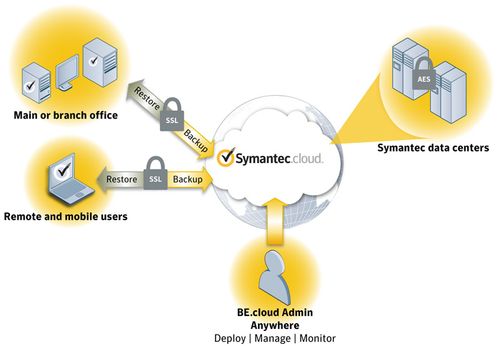

- UNINSTALL SYMANTEC ENDPOINT PROTECTION CLOUD PASSWORD
- UNINSTALL SYMANTEC ENDPOINT PROTECTION CLOUD WINDOWS
UNINSTALL SYMANTEC ENDPOINT PROTECTION CLOUD WINDOWS
Click End Process for all of the running Windows Installer processes by right-clicking on msiexec.exe, and then clicking End Process. Note: If the MSI uninstall has stopped responding, follow these steps: THE ABOVE COMMAND line examples are the ones to use for a third-party tool for uninstall, for example what command-line to pass via SCCM Type cmd to open the Windows command prompt.Įxample: msiexec.exe /x /lv!* c:\uninstallSEP.txt. Browse the Uninstall subkeys in the left-hand pane, and check the values in the right-hand pane to find a value for the DisplayName that equals Symantec Endpoint Protection. Navigate to HKEY_LOCAL_MACHINE\SOFTWARE\Microsoft\Windows\CurrentVersion\Uninstall\. Type regedit to open the Windows Registry Editor. Find the Symantec Endpoint Protection uninstallation product key:. 
Log on to the computer with administrator rights.
UNINSTALL SYMANTEC ENDPOINT PROTECTION CLOUD PASSWORD
You can disable password protection from SEPM: Note: If you have password protected client uninstallation, you should disable it first and then run the script. A successful uninstall will return a message that ends with "ReturnValue: 0".Run the following command: (Get-WmiObject -Class Win32_Product -Filter "Name='Symantec Endpoint Protection'" -ComputerName.Open a PowerShell Window as Administrator.






 0 kommentar(er)
0 kommentar(er)
